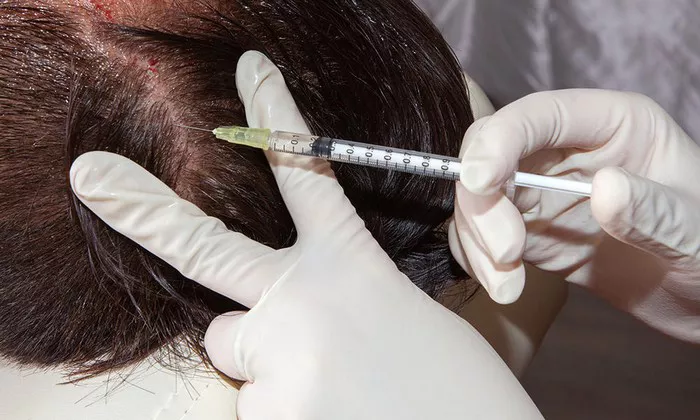Hair transplants are a popular solution for those experiencing hair loss. However, like any medical procedure, hair transplants come with their risks and potential for failure. Understanding the factors that contribute to the success or failure of a hair transplant can help individuals make informed decisions.
Introduction to Hair Transplants
Hair transplants involve relocating hair follicles from one part of the body (typically the back or sides of the scalp) to a bald or thinning area. This procedure can significantly improve appearance and self-confidence, but it is essential to recognize that results can vary.
Types of Hair Transplants
Follicular Unit Transplantation (FUT)
In FUT, a strip of scalp is removed from the donor area, and individual hair follicles are extracted and transplanted. This method can leave a linear scar but allows for the transplantation of a large number of follicles.
Follicular Unit Extraction (FUE)
FUE involves extracting individual hair follicles directly from the donor area using a micro-punch tool. This method leaves tiny dot scars and is less invasive, but it may require multiple sessions to achieve the desired results.
Factors Influencing Hair Transplant Success
Surgeon’s Expertise
The skill and experience of the surgeon play a crucial role in the success of a hair transplant. An experienced surgeon can accurately determine the appropriate number of grafts needed and ensure proper placement for natural-looking results.
Patient’s Health
Overall health, including conditions like diabetes or autoimmune diseases, can impact the healing process and the success of a hair transplant. Patients should be in good health and follow pre- and post-operative care instructions.
Hair Characteristics
The quality, density, and texture of the donor hair influence the outcome of the transplant. Thicker hair provides better coverage, while curly or wavy hair can create a fuller appearance.
See Also: 6 Reasons Why Hair Transplants Might Fail
Common Causes of Hair Transplant Failure
Poor Surgical Technique
Inadequate surgical skills or improper handling of grafts can lead to low survival rates of transplanted follicles. This can result in poor growth or unnatural-looking results.
Inadequate Donor Hair
Insufficient donor hair can limit the success of the transplant. Overharvesting the donor area can also cause noticeable thinning, making future transplants more challenging.
Scalp Conditions
Conditions such as scalp infections, inflammation, or scarring can affect the survival of transplanted follicles. Proper diagnosis and treatment of these conditions are essential before undergoing a hair transplant.
Unrealistic Expectations
Patients with unrealistic expectations about the outcome may perceive the transplant as a failure. It is crucial to have a thorough consultation with the surgeon to understand the potential results and limitations.
Preventing Hair Transplant Failure
Choosing a Qualified Surgeon
Selecting a board-certified and experienced surgeon is vital. Research their credentials, read reviews, and ask for before-and-after photos of previous patients.
Pre- and Post-Operative Care
Following the surgeon’s instructions before and after the procedure can significantly impact the success of the transplant. This includes proper scalp care, avoiding strenuous activities, and taking prescribed medications.
Managing Scalp Conditions
Addressing any existing scalp conditions before the transplant can improve the chances of success. This may involve treatments for infections, inflammation, or other dermatological issues.
Realistic Expectations
Having realistic expectations and understanding that multiple sessions may be required for optimal results can help patients achieve satisfaction with their hair transplant.
Recovery and Results
Immediate Post-Operative Period
The first few days after the transplant are crucial. Patients may experience swelling, redness, and minor discomfort. It is essential to follow the surgeon’s instructions regarding washing and caring for the scalp.
Growth Timeline
Transplanted hair typically falls out within the first few weeks, which is normal. New hair growth begins around three to four months post-surgery, with significant results visible after six to nine months.
Final Results
Full results can take up to a year or more to be fully realized. Patience and proper care during this period are essential for achieving the best outcome.
Conclusion
While hair transplants offer a viable solution for hair loss, understanding the potential for failure and the factors that influence success is crucial. By choosing a qualified surgeon, maintaining realistic expectations, and adhering to pre- and post-operative care instructions, patients can significantly enhance their chances of a successful hair transplant. Like any medical procedure, it is important to weigh the risks and benefits carefully and make an informed decision.
Related topics:

